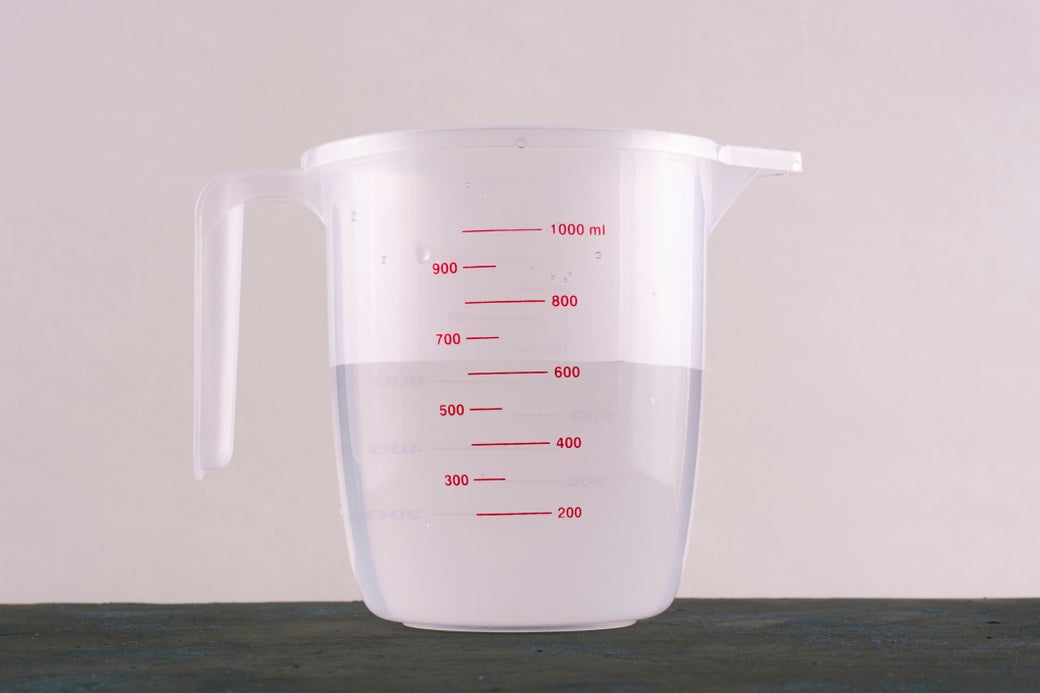Bleach, a versatile and valuable survival item is unfortunately often forgotten in the stockpiles of preppers. Bleach is not only effective at disinfecting and killing germs, but it can be used to disinfect water that has been deemed questionable.
If you use a specific amount of pure, unadulterated bleach, it will effectively kill any bacteria or viruses in the water.
What is the best amount of bleach to add to water to purify?
When using unscented, standard sodium hypochlorite chlorine bleach with an 8.25% strength concentration, the correct proportion for disinfecting water is six drops per US gallon. When disinfecting small amounts of water, or when trying to measure the bleach accurately for large quantities, you should add 2 drops per 1 liter.
After treatment, allow water to rest for 30 minutes.
Even a basic jug can be used to purify an enormous amount of water.
There is more you need to know to get the best results from this method and to avoid any mishaps. Continue reading to find out how you can use bleach to disinfect water.
Bleach must be used correctly
It is true you can use regular garden-variety bleach to clean your windows, but you should not use bleach that has been adulterated with a fragrance, thickener or other additives.
You cannot use bleaching agents or oxygen bleaches that do not contain sodium hypochlorite.
The fragrances and thickening agents will also contaminate your water.
It’s not something you want to consume, as they could be toxic from the start. It’s possible that fragrances and thickening agents are harmful, but there is no need to take any chances. They won’t make water safer or better tasting.
If you use these bleaches to try to purify water, it would be a tragedy if you ended up poisoning your body.
Double check that the bleach you buy has a concentration of 8.25% sodium hypochlorite. The ratios prescribed above will help you achieve this.
If you want to be safe, adjust the strength of sodium hypochlorite.
If you buy bleach from a chemical supplier or in bulk, be careful. These bleaches could be much stronger than the household bleach that is available over-the-counter for your washing machine.
These might be effective and convenient in purifying large quantities of water, but are too powerful to accurately meter out smaller amounts.
Did you know that drinking bleach is dangerous?
Uncut, unadulterated bleach is very harmful to consume. However, as an old saying says, anything can either be poisonous or medicinal depending on its dosage.
Let me make it absolutely clear to all of you that bleach should not be consumed for any purpose. In any concentration of Sodium Hypochlorite tissue is destroyed.
The bleach you drink will cause havoc on your mucous tissues, erode the throat lining and start to eat away at the inside of your stomach.
It gets worse. Your body will want to rid itself of the poison, and as you vomit up stomach acid to destroy your throat tissues. This is an awful way to go.
This same sodium hypochlorite, which is dangerous at high concentrations, can be a safe and effective germ killer when used in trace amounts.
The addition of sodium hypochlorite in water causes a chemical reaction that releases oxygen in large quantities throughout the water. It is oxygen and not sodium hypochlorite that is responsible for killing the microorganisms that are invisible but very vulnerable in water.
This chemical reaction is even more effective than various antibiotics and drug therapies that can cause germs to become resistant. It destroys them completely by disrupting the molecular bond. Science blinded you? What about being disintegrated?
The bottom line is that you shouldn’t drink the bleach directly. You should only use it in precise amounts and with strict safety procedures.

Follow these tips to get the best results
The use of bleach is not an all-purpose solution. The water is disinfected by bleach, but it can’t deal with other contaminants such as heavy metals or other chemicals. Filtration or other forms of purification are the only ways to deal with them.
You can also treat your water with bleach, but still become sick if you do not follow the best practices for handling and dispensing.
It is a common and unlucky occurrence to use bleach in a container you will drink directly out of, or if the container has nozzles, caps, or some other type of dispenser.
The contaminated water is trapped in the cap, neck or other parts of the dispenser. It then gets released into the mouth, vessel or when the water is dispensed.
Even though it is unlikely, take precautions to avoid this unfortunate event. To prevent this, you only need to turn the cap just a little bit to allow water to leak.
Then, after treating the water with the bleach, you should shake it up, unscrew the lid a bit and squeeze the bottle to flush the nooks.
The same can be done with any type of dispenser or nozzle by flushing them out using your treated water.
These ratios also only apply to clear water. Pre-filtering your water will help clear it up if the water is murky or cloudy with silt, dissolved particles or any other solids.Filter first, then bleach! First filter, then bleach.
The conclusion of the article is:
Add six drops of a common, unscented and non-modified sodium hypochlorite 8.25% bleach to one US Gallon. Add two drops per 1l of water to treat larger or smaller amounts.
The water must be stirred and left to agitate for at least 30 minutes in order to eliminate all harmful or dangerous microorganisms. Water that appears murky should be treated first or more bleach added.